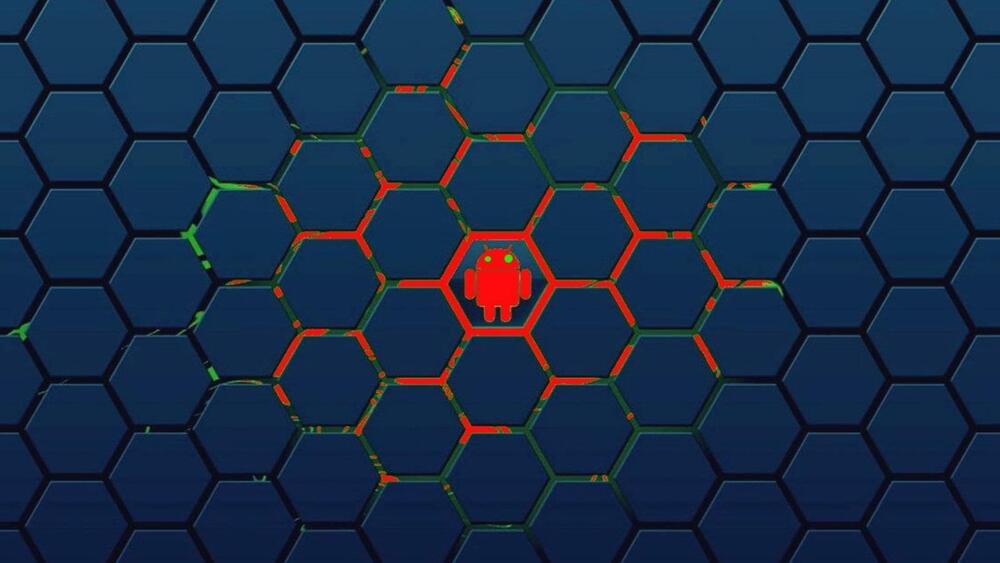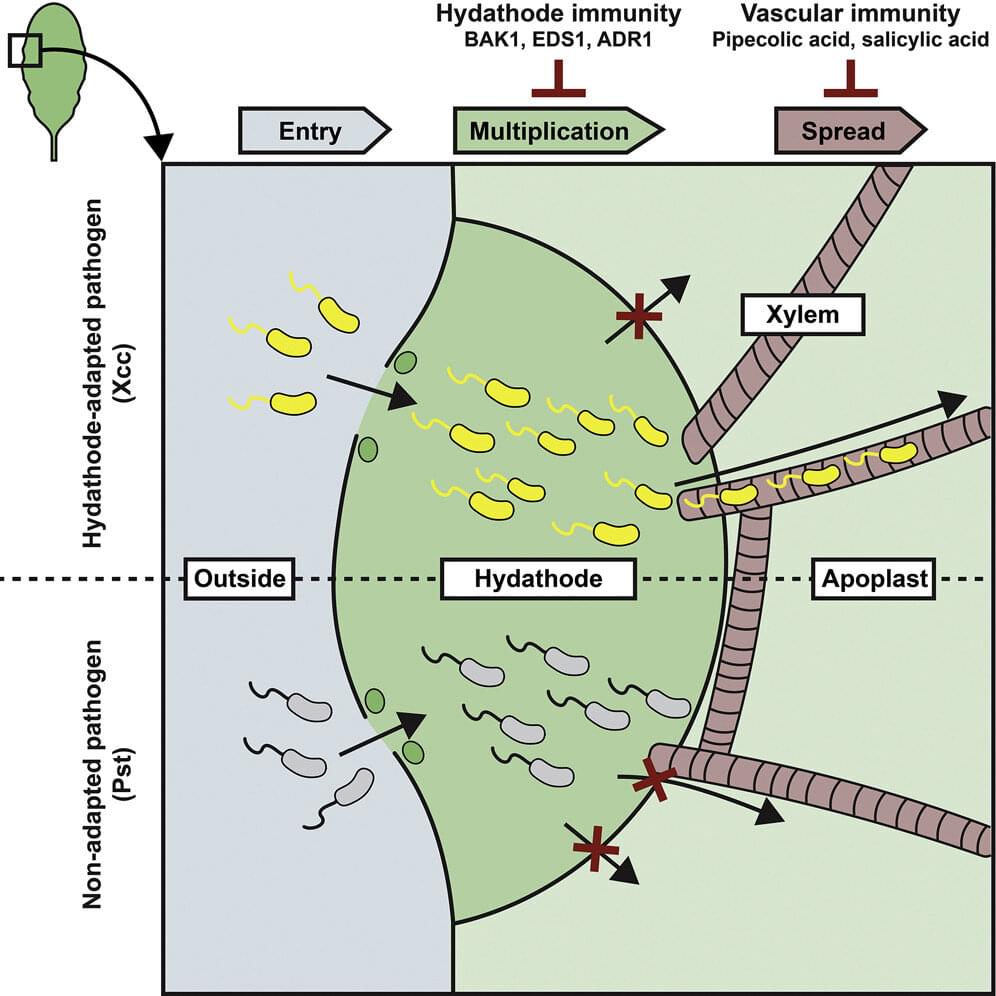Feb 2, 2023
Researchers devise a new path toward ‘quantum light’
Posted by Saúl Morales Rodriguéz in categories: particle physics, quantum physics
Researchers have theorized a new mechanism to generate high-energy “quantum light,” which could be used to investigate new properties of matter at the atomic scale.
The researchers, from the University of Cambridge, along with colleagues from the U.S., Israel and Austria, developed a theory describing a new state of light, which has controllable quantum properties over a broad range of frequencies, up as high as X-ray frequencies. Their results are reported in the journal Nature Physics.
The world we observe around us can be described according to the laws of classical physics, but once we observe things at an atomic scale, the strange world of quantum physics takes over. Imagine a basketball: observing it with the naked eye, the basketball behaves according to the laws of classical physics. But the atoms that make up the basketball behave according to quantum physics instead.


















